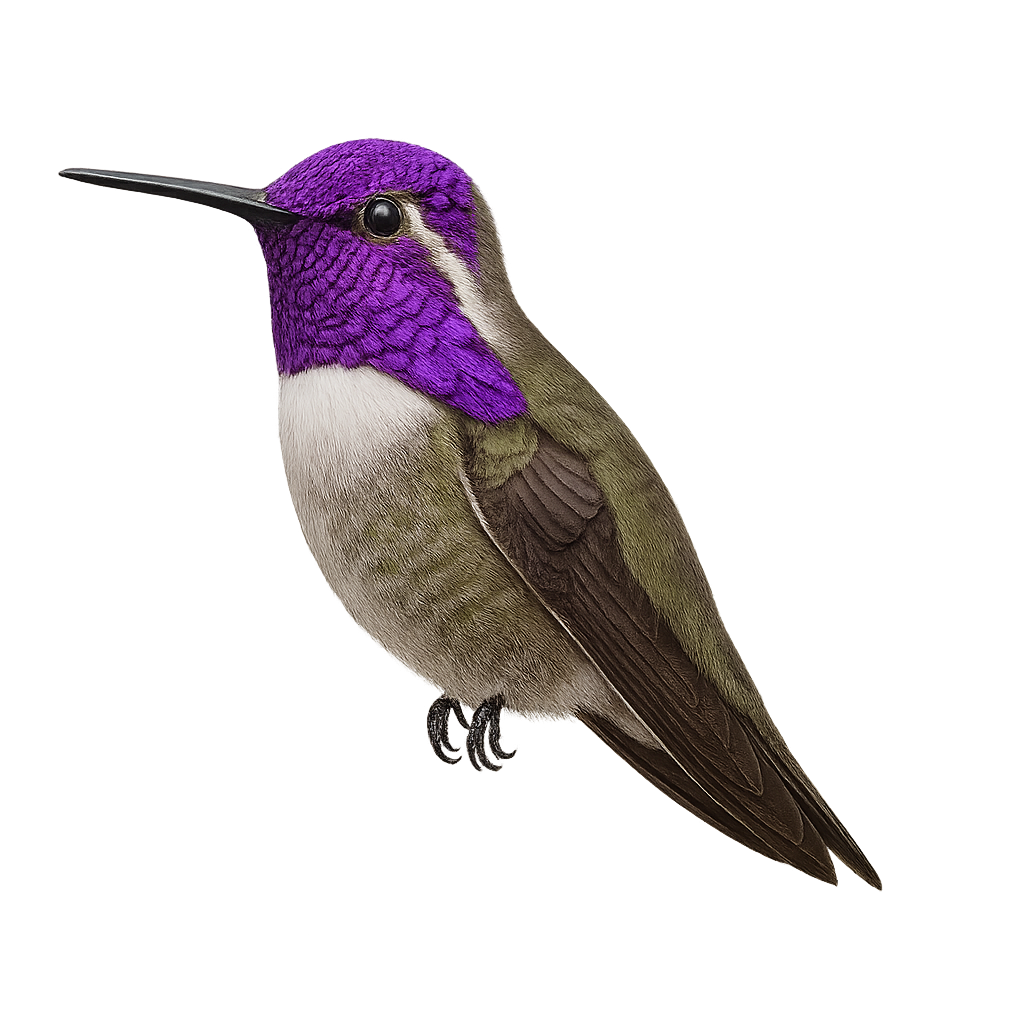Your wildlife photography guide.
Explore the costa's hummingbird in detail, study its behavior, prepare your shots.
Where to observe and photograph the costa's hummingbird in the wild
Learn where and when to spot the costa's hummingbird in the wild, how to identify the species based on distinctive features, and what natural environments it inhabits. The WildlifePhotographer app offers tailored photography tips that reflect the costa's hummingbird’s behavior, helping you capture better wildlife images. Explore the full species profile for key information including description, habitat, active periods, and approach techniques.
Costa's Hummingbird
Scientific name: Calypte costae

IUCN Status: Least Concern
Family: TROCHILIDAE
Group: Birds
Sensitivity to human approach: Tolerant
Minimum approach distance: 5 m
Courtship display: March to April
Incubation: 15-18 jours
Hatchings: March to May
Habitat:
Deserts, scrublands, arid areas
Activity period :
Primarily active during the day, with peak activity in the morning and late afternoon.
Identification and description:
The Costa's Hummingbird, or Calypte costae, is a small, captivating bird known for its vibrant plumage and ability to fly backward. This hummingbird measures about 8 to 9 cm in length and weighs between 2 and 3 grams. Males display a striking violet head and throat, contrasting with their metallic green body. Females are more subdued with shades of green and gray. It is primarily found in the arid and semi-arid regions of the southwestern United States and northwestern Mexico. It feeds mainly on nectar but also consumes small insects. Its rapid and agile flight allows it to move easily between flowers.
Recommended lens:
400 mm – adjust based on distance, desired framing (portrait or habitat), and approach conditions.
Photography tips:
To photograph the Costa's Hummingbird, it is advisable to use a 400mm lens or greater to capture fine details without disturbing the bird. Look for areas where flowers are abundant, as these birds are often attracted to nectar sources. The natural light of the morning or afternoon can provide ideal lighting to highlight the hummingbird's vibrant colors. Be patient and discreet to get the best shots.
The WildlifePhotographer App is coming soon!
Be the first to explore the best nature spots, track rutting seasons, log your observations, and observe more wildlife.
Already 1 430 wildlife lovers subscribed worldwide

